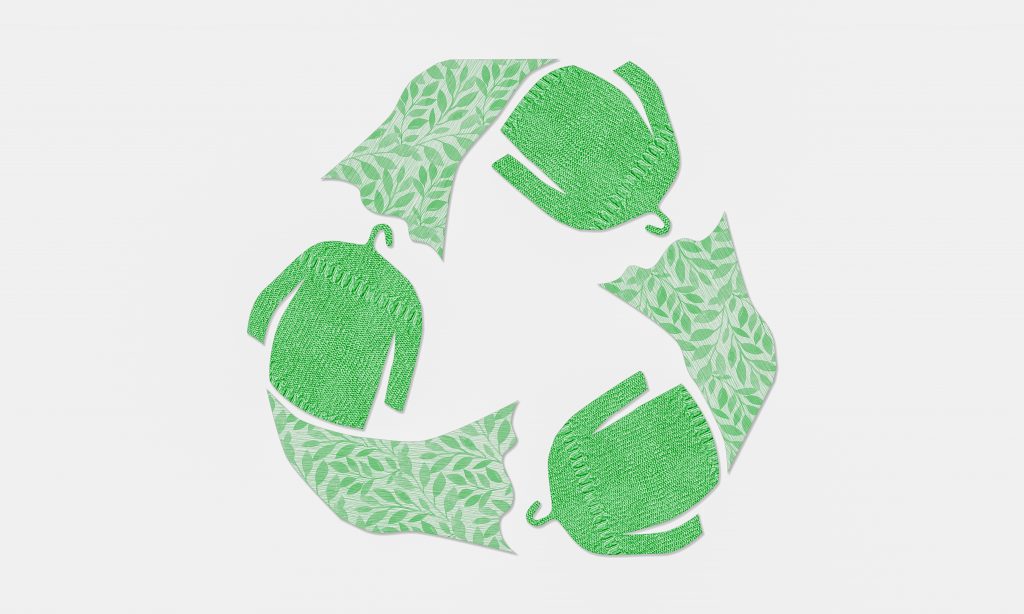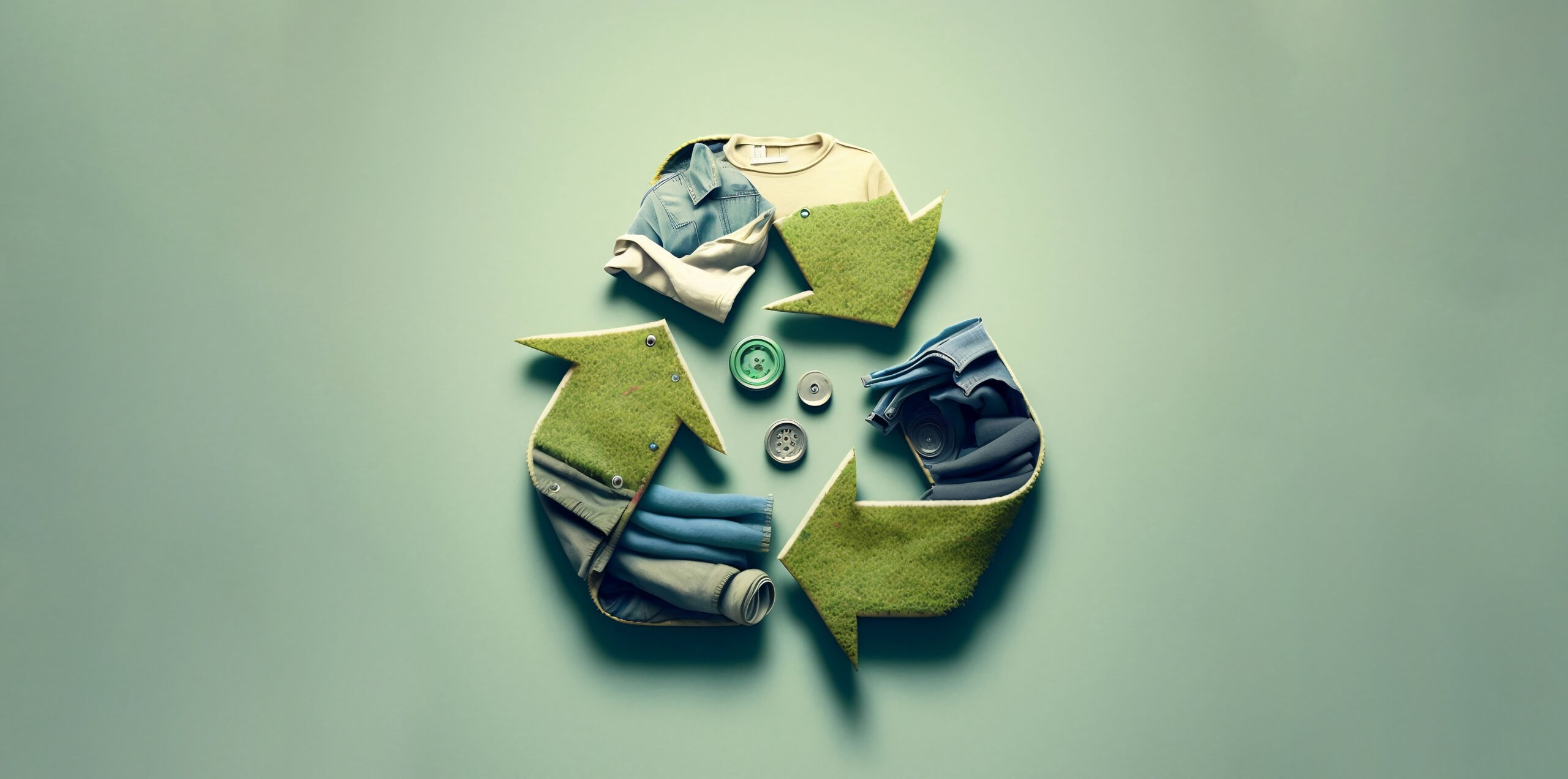Stay Ahead of the Curve by Checking Out Ingenious Fashion Fads
In a market as vibrant as style, staying in advance includes greater than simply adhering to existing patterns-- it requires an expedition of advancement. Smart fabrics, for example, are transforming garments into practical masterpieces, while 3D printing is revolutionizing style procedures with its adjustable, waste-reducing capabilities. As sustainability ends up being a foundation, technologies like green materials and round fashion methods are reshaping environmental duty - Cape Town Sustainable Fashion. Moreover, the convergence of innovation and style proclaims a brand-new era of consumer involvement. Just how, then, can these arising fads redefine the future of fashion, and what effects do they hold for brands seeking to flourish in this evolving landscape?

Accepting Smart Textiles
Recently, the style market has actually observed a transformative change with the integration of clever textiles, a cutting-edge innovation that blends technology with textile. This evolution stands for not just a fusion of aesthetics and capability however also a substantial leap in the direction of sustainability and customization in vogue. Smart textiles, also called e-textiles, installed sophisticated electronics such as sensing units and conductive threads within the fabric, enabling garments to connect with the wearer or the atmosphere.
These fabrics are made to monitor physiological specifications, such as heart rate or body temperature, offering real-time health analytics. Beyond wellness applications, smart fabrics are likewise being utilized for flexible clothing, which can change color or pattern in feedback to environmental stimuli, therefore using a dynamic fashion experience.
Furthermore, the development of energy-harvesting fabrics that generate power from movement or sunlight is leading the way for self-dependent wearable modern technology. This technology is attracting eco mindful customers and designers aiming to reduce the ecological footprint of style. As r & d in this field advance, wise textiles are expected to become significantly prevalent, reshaping the landscape of contemporary fashion with their multifunctional capabilities.
The Surge of 3D Printing
Changing the production landscape, 3D printing has actually become a game-changer in the garment industry. This sophisticated modern technology has made it possible for developers to press the borders of creative thinking, producing detailed and personalized garments that were formerly unbelievable. By leveraging electronic layout and additive manufacturing, 3D printing assists in the development of intricate geometries and patterns, allowing designers to try out brand-new structures and structures.
A notable benefit of 3D printing in vogue is its capability to generate on-demand, lessening waste and reducing supply requirements. This effectiveness not only enhances manufacturing procedures but also permits for quick prototyping, making it possible for designers to bring their visions to life in a much shorter timeframe. Moreover, 3D printing sustains customization somewhat unequaled by traditional techniques, providing one-of-a-kind layouts and personalized fits customized to individual customer choices.
The surge of 3D printing has likewise equalized style, making it accessible to emerging designers who can currently fabricate top quality pieces without significant economic investment in typical production framework. As innovation remains to development, the fashion business is poised to harness the complete capacity of 3D printing, discovering brand-new products and strategies that will definitely redefine exactly how fashion is conceived and produced.
Sustainable Style Advancements
As the garment industry faces the pressing requirement for environmental responsibility, sustainable fashion developments have emerged at the leading edge of transformative modification. The growing understanding of ecological influence has actually sustained a change in the direction of even more eco-conscious techniques and materials. Developers and brand names are currently prioritizing sustainability, integrating techniques that reduce waste and lower carbon impacts.
One considerable growth is the surge of round style, which stresses recycling and upcycling to expand the lifecycle of garments. This approach not just minimizes waste but additionally motivates consumers to take on a much more conscious method to clothing intake.
An additional development depends on the fostering of cutting-edge dyeing techniques that utilize all-natural dyes or waterless processes, therefore lowering the large amounts of water and chemicals typically utilized in textile dyeing. In addition, developments in biotechnology have actually resulted in the development of lab-grown natural leather and textiles, using cruelty-free and eco friendly alternatives to standard products. Via these introducing initiatives, the garment industry is making purposeful strides towards an extra sustainable future.

Tech-Integrated Garments
Tech-integrated apparel represents a groundbreaking blend of fashion and innovation, improving exactly how people interact with their clothing. This ingenious domain is noted by the addition of wise textiles and ingrained digital components, enhancing both capability and aesthetic appeal. From physical fitness trackers installed in sports apparel to warmed jackets regulated using smart device apps, tech-integrated apparel supplies customers extraordinary convenience and flexibility.
Pioneering brand names are driving this trend, concentrating on creating garments that react to ecological stimulations or customer commands. As an example, some garments can change shade or pattern in response to temperature level changes, while others integrate biometric sensing units to monitor wellness metrics like heart rate or anxiety levels. The smooth combination of modern technology right into textiles also encompasses ecological sustainability, with efforts to create self-cleaning materials or garments that adjust to climate condition, therefore lessening the need for numerous layers.
Moreover, the introduction of wearable useful reference modern technology is not simply limited to clothing but includes accessories like watches and glasses, additional expanding the scope of tech-integrated fashion. As the industry proceeds to innovate, the potential for modification and personalization in apparel expands, using customers unique, tech-enhanced style experiences that cater to their individual requirements and preferences.
Future of Virtual Style
In the last few years, the future of digital style has actually emerged as a transformative pressure within the industry, leveraging improvements in electronic innovation to redefine exactly how fashion is created, experienced, and consumed. By integrating enhanced truth (AR), digital fact (VR), and 3D design tools, developers can currently craft interactive and immersive experiences that go beyond typical style borders. Virtual style permits the production of garments that exist solely in electronic settings, offering countless opportunities for advancement without the restrictions of physical production.
This electronic shift not only presents possibilities for creative expression yet additionally addresses sustainability concerns intrinsic in conventional style practices. Cape Town Sustainable Fashion. By eliminating the requirement for physical resources, online style reduces waste and lessens carbon impacts. Furthermore, the surge of digital style straightens with the enhancing customer need for distinct and tailored experiences, as online garments can be personalized and customized to specific preferences with simplicity

Final Thought
The apparel industry's future depend on the assimilation of cutting-edge modern technologies and sustainable techniques - Cape Town Sustainable Fashion. Smart fabrics and tech-integrated clothing are enhancing functionality, while 3D printing supplies possibilities for personalization and waste decrease. Sustainable fashion, through environment-friendly products and circular methods, demonstrates a commitment to ecological stewardship. Additionally, virtual style is positioned to redefine customer interactions. Adjusting to these fads is important for brand names seeking to remain relevant and affordable in this rapidly progressing landscape.
In recent years, the fashion sector has actually witnessed a transformative change article source with the combination of wise fabrics, a sophisticated development that mixes technology with fabric.As the fashion industry grapples with the check this site out pressing demand for environmental duty, lasting style developments have emerged at the forefront of transformative modification.In recent years, the future of digital fashion has emerged as a transformative force within the sector, leveraging innovations in electronic modern technology to redefine how style is produced, experienced, and eaten. The increase of virtual fashion lines up with the raising customer demand for special and tailored experiences, as virtual garments can be customized and tailored to individual preferences with simplicity.
The fashion industry's future lies in the assimilation of innovative modern technologies and lasting techniques.